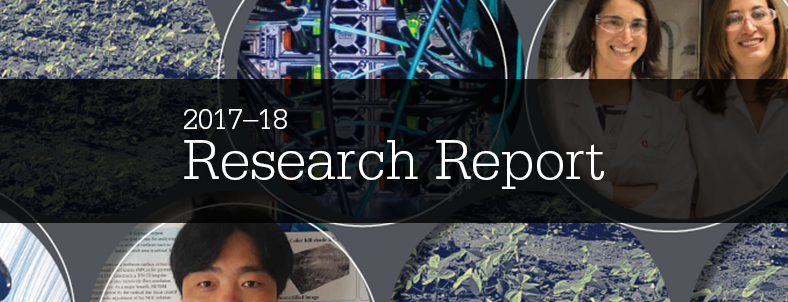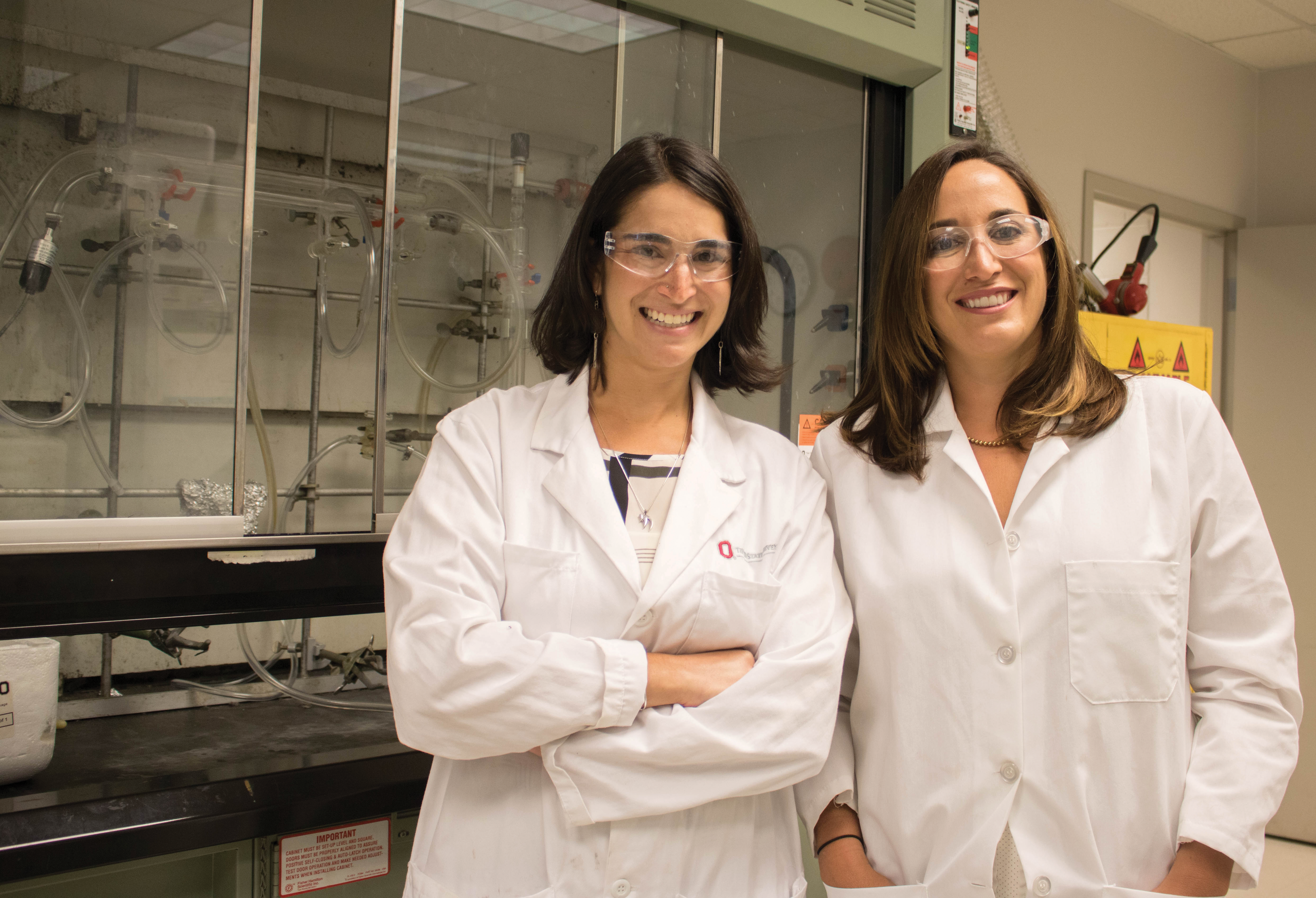The old adage goes, “it’s what’s inside that counts.” While most people aren’t talking about proteins when they say it, it certainly applies. Approximately half of all known proteins contain metal ions which play a crucial role in energy conversion reactions: think photosynthesis or carbon dioxide fixation. Hannah Shafaat, Ph.D., assistant professor at Ohio State University’s department of chemistry and biochemistry, uses computationally-guided spectroscopy to study the role of metal, specifically nickel, centers in proteins.
“It’s sort of an underrepresented metal in biology, and underappreciated because it does perform some very challenging reactions,” Shafaat said. “Certainly in the context of trying to understand primordial energy conversion processes and then applying those fundamental principles to our own anthropogenic energy conversion.”
Shafaat’s group uses graphics processing units at OSC to build model proteins for large nickel enzymes, looking to see what is required for activity. Once these large models are built, they run experiments on them to validate the models so they can be used for experiment predictions later on. By using these calculations run on the models, they hope to reduce the amount of trial and error necessary in the lab. This helps run more efficient experiments, saving the group time and cost.
“OSC allows us to perform calculations on the proteins in a way that we can never do on a desktop or even would be hard to do it even with a local cluster,” Shafaat said. “In order to get a good description of our protein active site you have to include quite a large portion of the protein. This really motivates our continued use of OSC because we need such a large model.”
While Shafaat’s group may be looking at the fundamentals of proteins and their functions, their work has the potential to offer key insights into the building blocks of life. While nature has fine-tuned the processes of producing hydrogen and reducing carbon dioxide, researchers have yet to reproduce these phenomena in the lab with the same efficiency and speed. If these model systems can be built, researchers can get a better understanding of nature’s fundamentals and manipulate these molecules and proteins in new ways.
“If we can understand how the natural enzymes work, then we can take those fundamental principles into the lab and build molecules that have those components built in,” Shafaat said.
Project Lead: Hannah Shafaat, Ph.D. ,The Ohio State University Department of Chemistry and Biochemistry
Research Title: Mechanistic investigations of small molecule activation reactions in model nickel metalloenzymes through computationally-guided spectroscopy
Funding Source: National Science Foundation, Department of Energy, American Chemical Society

